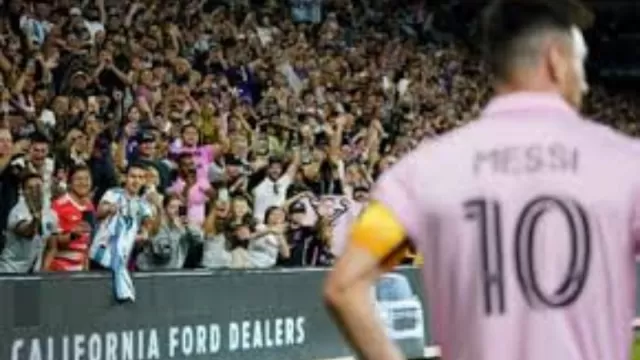Back in 1996, Major League Soccer started its initial season with only ten teams, yet few people anticipated the significant evolution the league would experience. MLS reached its 30th anniversary in 2025, operating with 29 teams under values surpassing the multi-billion mark, along with an expanding international reach. MLS continues to make important progress, but significant business obstacles combined with essential market possibilities await in the years to come.
What Changed in MLS Over the Years
Stadiums, Stars, and Structure
When MLS began its operation, there were concerns about poor attendance alongside financial struggles. Current MLS utilises advanced soccer-specific stadiums together with dependable ownership groups and generates millions of dollars in TV revenue.

The team gained international status because it signed prominent players, including David Beckham, alongside Zlatan Ibrahimović and Lionel Messi. The transfer of Messi to Inter Miami for the 2023 season caused the club to gain enormous popularity, which led to increased Apple TV+ streaming throughout the entire MLS league.
MLS Players Are Now Exported to Big European Clubs
The MLS academy programs successfully develop top-level soccer athletes. Both Alphonso Davies and Tyler Adams started their careers in Major League Soccer before being signed by premium European soccer clubs. MLS gained international respect as a developmental league because of this emerging trend.
Challenges MLS Still Needs to Fix
Why MLS Doesn’t Have Promotion and Relegation
The league structure in MLS features a closed league format different from standard international leagues. Due to its closed league system MLS defends club investment yet bars mineral competition from lower division clubs. Applied promotion and relegation schemes would ensure more excitement in the league according to conservative opinions and fanbase members.
Salary Caps Are Holding MLS Teams Back
MLS establishes payment restrictions for clubs that reduce their ability to acquire competitive players while also affecting team player depth. The Designated Player provision offers some compensation but MLS league guidelines generally create problems for organizational quality.
TV Ratings and Fan Engagement Need Improvement
The MLS faces a challenge to increase national viewership even though some cities enjoy enthusiastic fan engagement. Diluted fan relations will likely result from rapidly expanding league operations without proper fan base development.
What’s Next for MLS in the Future

How the 2026 World Cup Will Help MLS Grow
The United States and Canada together with Mexico will unify under one roof to welcome the 2026 FIFA World Cup. The upcoming soccer event presents MLS with an extraordinary opportunity to attract new followers and sell more tickets as well as capture increased media attention.
How Technology and Streaming Can Boost MLS Viewership
MLS achieved a defining twist to game broadcasting through its Apple streaming agreement. MLS intends to keep using technological advancements including AI alongside virtual reality and mobile-first experiences to attract younger audience members.
Why Working with Lower Leagues Could Help MLS
The implementation of promotion and relegation is unlikely in the near future yet MLS would benefit from enhancing its relationship with USL and NISA. The U.S. Open Cup along with better publicity for smaller clubs will act as growth engines for soccer beginning at its lowest levels.
How MLS and NWSL Can Work Together
The growth of the NWSL presents an opportunity. MLS and women's soccer leagues can share training facilities, promote joint events, and collaborate on community outreach to grow the sport together.
What MLS Needs to Become a Global Power
MLS has made huge progress in its first 30 years, becoming a key part of American sports. But to truly compete with top international leagues, it must evolve through smarter rules, stronger development systems, and deeper fan engagement.
The next decade will determine if MLS becomes a global powerhouse or stays in the middle tier. With smart investments and bold decisions, its future looks bright.
Also Read: Saudi Pro League Rise with Vision 2030 in Football




























